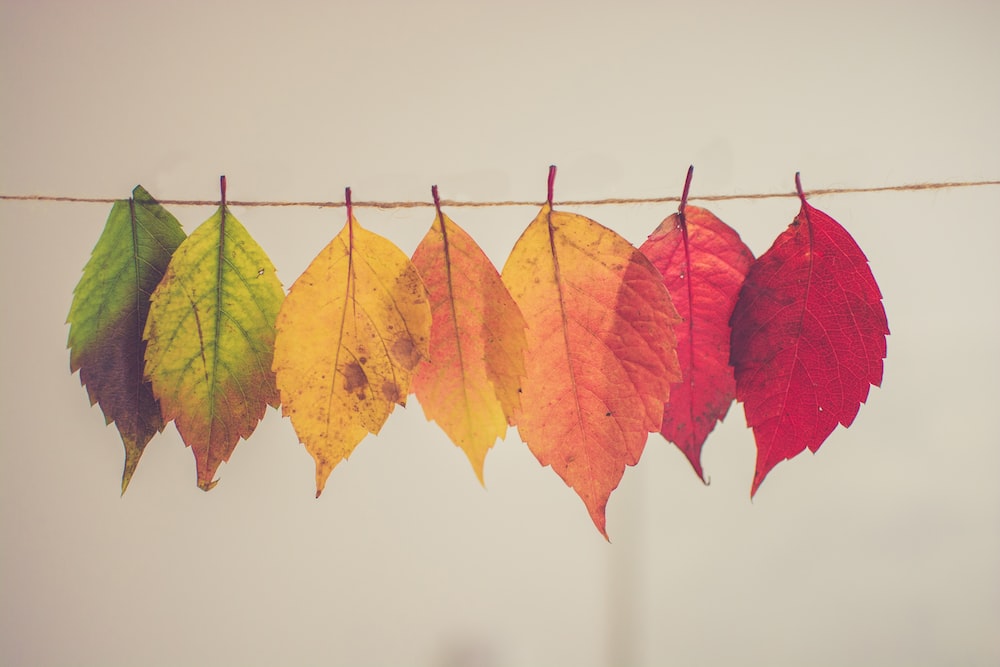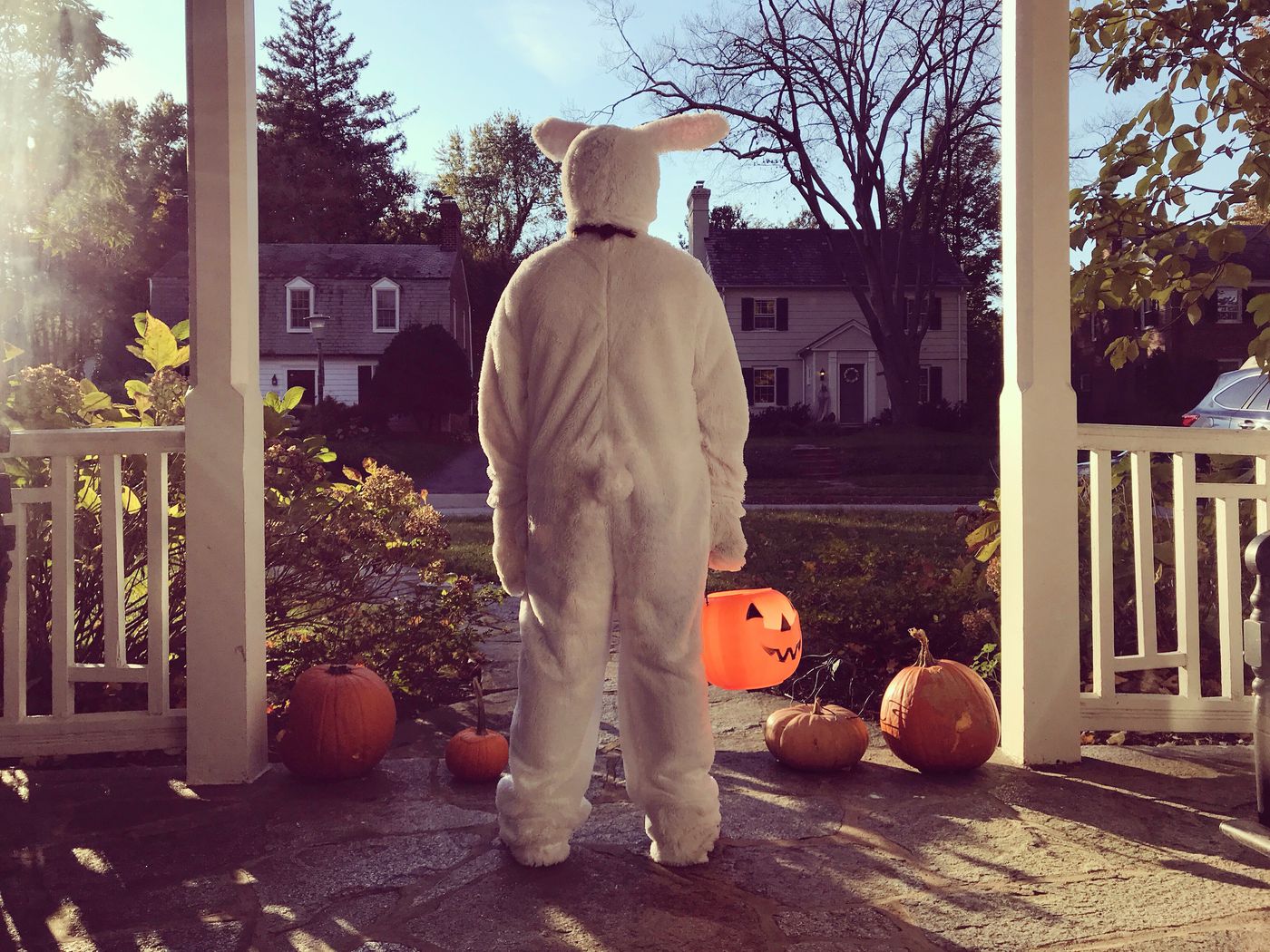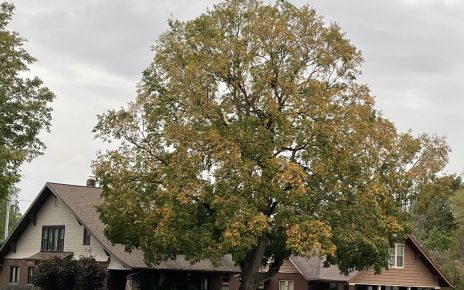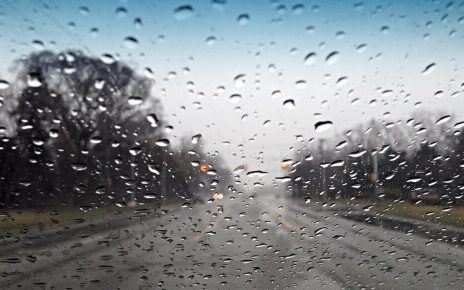During mid-September to early-November, many areas in the United States experience
a unique and intricate site; autumn leaves. These leaves range from different colors, texture,
and a familiar crunch! But how does this work and where can you find these spectacular, fall-
time hues?
The science behind the leaves is actually quite simple. Chlorophyll is a chemical found in
plants and things like dye and the veggies you might eat. It is essential in a process called
photosynthesis and it’s what gives the magnificent green color to our spring and summer trees.
As the nights grow colder and longer, the chlorophyll in the leaves begins to die. When this
occurs, the color in the leaves start to change into their signature autumn colors: yellow, orange,
red, purple, brown, etc.
The reason why we have such a vast selection of shades is because the chemicals that
take over after the chlorophyll is gone. Yellow/orange comes from the chemicals xanthophyll,
flavone, and carotene. Chemicals lycopene and anthocyanin result in a red/purple hue. Finally,
brown occurs when the leaf is completely dead.
The regions that are most affected by changing leaves are areas that usually have a
chillier winter. For example, in the United States, the South barely gets affected by the changing
leaves. Places like the midwest, northwest, and upper northeast coast get beautiful scenery of
the country’s autumn display. Overall, the northern US and Canada are both overwhelmed by
the gorgeous leaves and are great places to visit if you are trying to embrace fall time close to
home.
Autumn leaves are at their peak during late October in Indiana. However, the peak is
short so experience it while you can. If you want to grasp this season at its fullest, just walking
outside of your door can give you a spectacular view.




